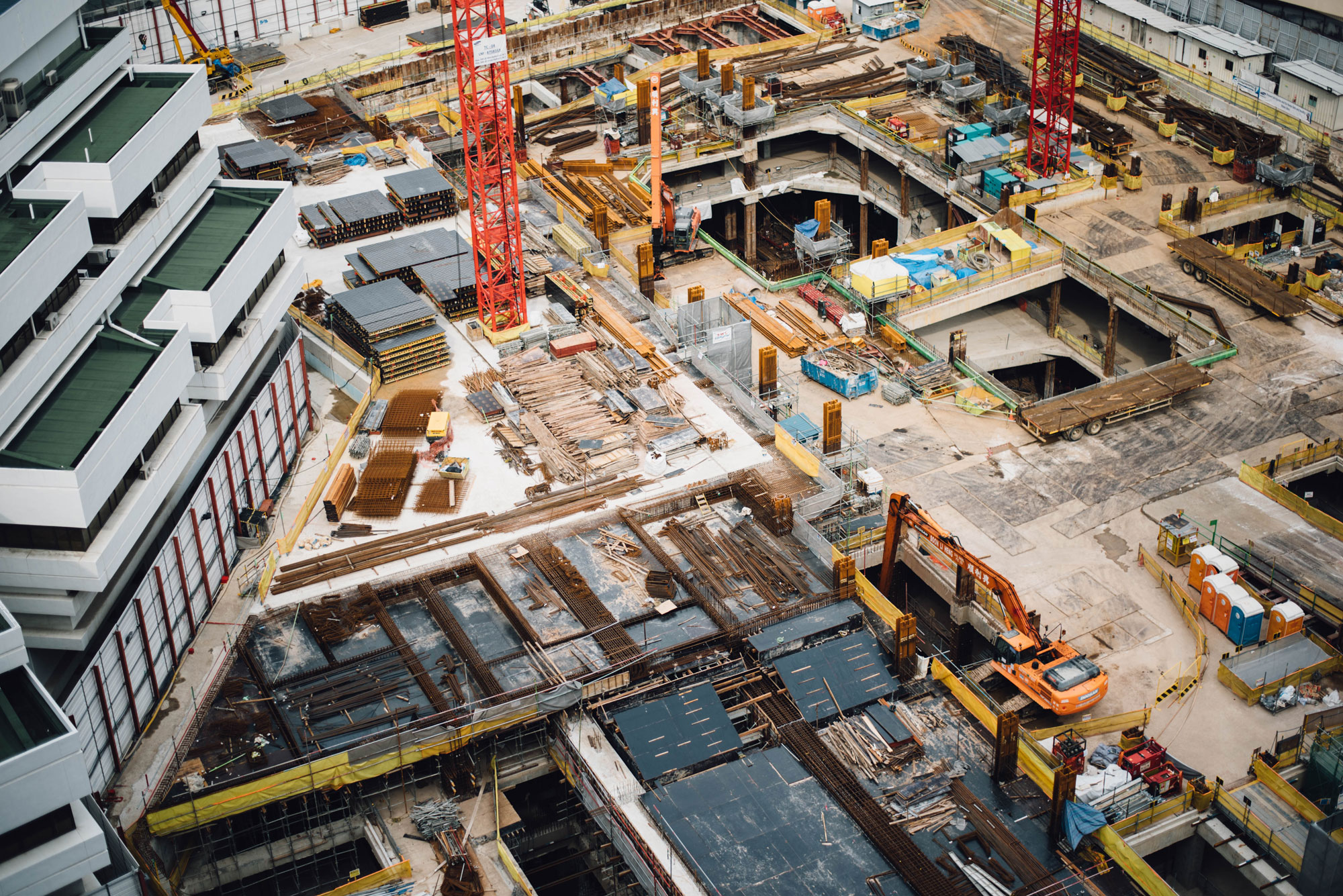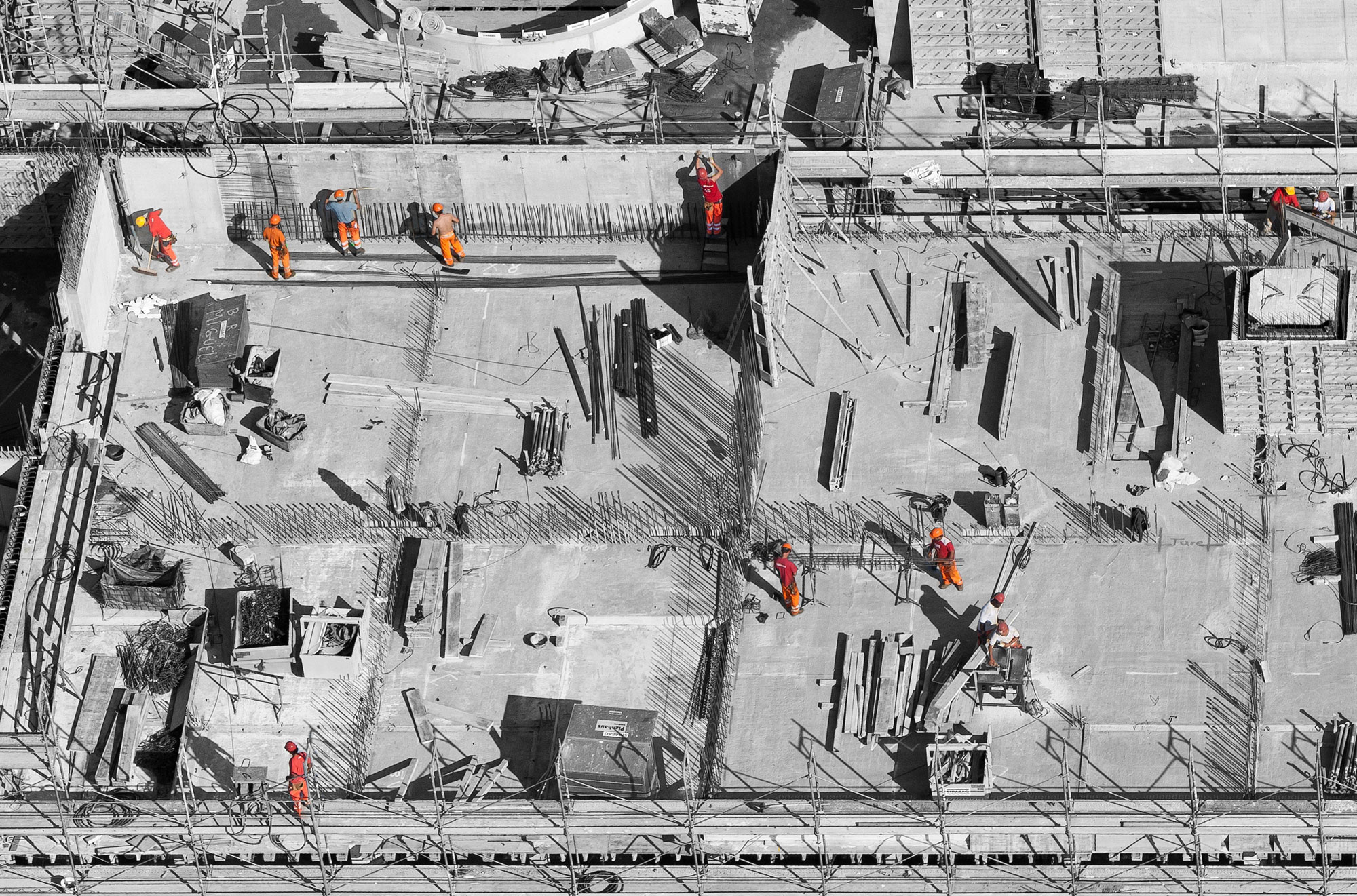CDM 2015: Client Duties
The new regulations apply to both domestic and commercial clients.
We have listed the differences below so responsibilities are clear for all parties involved.
Domestic Clients
The new regulations will apply to domestic clients. However, these duties are carried out by:
- the contractor for a project where there is only one contractor;
- the principal contractor for a project where there is more than one contractor; or
- the principal designer where there is a written agreement that the principal designer will fulfil those duties.
Commercial Clients
Under CDM 2015 the client must “where there is, or may be, more than one contractor” appoint in writing, as soon as practicable, a Principal Designer and a Principal Contractor.
In effect this will mean that a Principal Designer and a Principal Contractor will be required on all commercial construction projects including repair and maintenance operations involving more than one contractor.
Under CDM 2015 the client must make arrangements for managing a project, including the allocation of sufficient time and other resources, that are suitable to allow persons with a duty under the Regulations to ensure that:
- construction work is carried out so far as is reasonably practicable without risk to the health and safety of any person;
- the minimum welfare standards are complied with.
- The duty to plan, manage, monitor and coordinate the pre-construction phase of a project is absolute, it is only the duty to ensure that construction work is carried out without risk that is subject to being reasonably practicably.
- The client must provide pre-construction information to each designer and contractor who is or might be engaged by the client in relation to a project.
Under CDM 2015 the Principal Designer must only ensure that assistance is provided to the client in the preparation of the pre-construction information.
All designers must “not commence work in relation to a project unless satisfied that the client is aware of the client duties under these Regulations” however there is no duty for the Principal Designer or Designers to advise the client.
If the advice given by the Principal Designer or the company they recommend is poor, the client cannot automatically use compliance with this advice to demonstrate compliance with their duties.
There is a duty under CDM 2015 for the client to take reasonable steps to ensure that the arrangements are maintained and reviewed throughout the project. The client must also ensure that the Principal Designer and Principal Contractor comply with their duties.
We cannot see how this can be achieved without formal periodic reviews and compliance auditing, and given the significance of the client’s duties it would seem sensible for clients to have or appoint CDM Advisers to:
- advise them on their duties;
- advise on the required pre construction information document;
- verify that Principal Designers and Principal Contractors have suitable arrangements; and
- review the arrangements at relevant periods;
- audit Principal Designers and Principal Contractors.
Although the HSE clearly do not intend this to be the outcome, we cannot see why a professional client would not do so given the risks they would be exposed to if any duty holder failure could be traced back to their action or inaction.
The HSE and CITB have produced specific guidance which can be viewed below.





